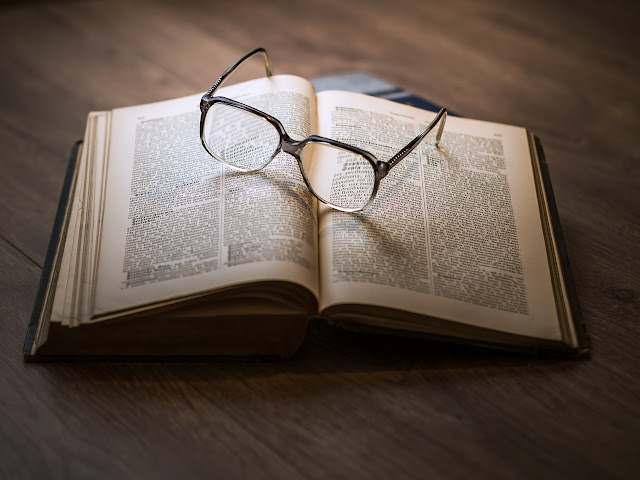Autism and photography? (skype session 30/09/2019
On Monday September 30th, I participated at the online session. To start with, I was surprised about the development we went through in one hour. As the discussion was mostly about dancing and the impact of autism on the arts, it was a challenge for me to find a way to imply this issue in my job.
That was
the moment I thought: “Are there any professional autistic photographers out
there? How do they work and do they use other techniques?” The definition says,
that autism is a complex, versatile neurologic development disorder. It refers
to conditions, that are characterized by challenges with social skills, the
handling of information and perception, verbal and nonverbal communication,
speech and behaviour. On the german website autismus.de, they inform that 6 to
7 out of 1000 people have an autistic disorder (whereat I don’t appreciate the
word “disorder”).
Most autistic
people have intensive, passionate interests as well as pronounced skills. Being
occupied with their passion, they show a high focused thinking. As they might
have a different point of view, how to handle sensations, I thought it’d be
interesting to make a research about the autistic interaction in photography.
The innocent, by Zhang Lijie
To start
with, I’d like to present Zhang Lijie, a Chinese photographer based in Beijing. She is no autistic herself, but she launched the project “The Innocent”, where
she took pictures of autistic artists with their own artwork projected in the
background. Zhang Lijie herself found a fitting and sensitive way to describe autism,
their interaction in the arts and their feelings while being creative.
She
explains, that the word “autism” is only a word to describe the medical level. In
fact, their works are full of energy, originality and pureness. The Chinese photographer
compares the art of autistic people with native art (Art Brut). The public gets
the opportunity to feel the artists different sensation. At the same time, we
get a feeling of shame, because “the mainstream trapped, ignored and misled their
talents.”
In
conclusion, we can say that even though autistic people might have problems
with the exigence of everyday life they find some kind of
orientation in the arts. At the same time, they can follow and express their pure inner
nature. We have to admit, that their free spirit is an admirable power, because
they can break out of the rigid routine.
Check out "The innocent" at zhanglijie.com.
Confessions from Andy Hutchinson
At
PetaPixel, a website for photographers, camera news and reviews, I found an
insight into the work of Andy Hutchinson, an autistic photographer from the UK.
For him, photography is therapy. He learned to cope with his Asperger Syndrome
through the art of taking pictures. After some photography classes, where he also learned how to develop films and producing prints, he started to catch moments on
landscape pictures.
Unlike
other photographers, that enjoy the social aspect and want thousand of followers
on Instagram, Andy enjoys being alone at the locations. The reason is simple:
he doesn’t want to talk while being creative and he doesn’t want to photograph
the same scene.
Another
aspect he mentions is the repetition, routine and obsession. His deepest
interest in photography is capturing strong and lightening colours at sunrise
or sunset. Andy is obsessed about capturing skies. He even admits that it makes
him anxious when the sky is starting to get another colour and he can’t take a picture
of it. One thing, that would be very possible to happen is, that he would leave
the dinner table, leave the hot food on the plate and rush outside with his
camera. The moment he can’t follow this routine, he provokes a physical
reaction that might just look weird and immature. In his obsession, he’s always
checking the forecast and sunset/sunrise times.
Andy says "I've been taking my photography seriously for about 18 years now and currently have over 160,000 photographs in my Adobe Lightroom catalog."
In my
opinion, Andy made a detailed description about the impact of autism on
photography. I can imagine, that his behaviour might seem odd to strangers, but
he’s only following an inner impulse, that he puts into the colourful photographs.
While seeing his pictures, one might say that his themes are not original
enough - sunsets/sunrises are too mainstream.
I think
that you can feel the depth of colour in his artworks. Just enlarge it over
your whole screen and take your time to get overwhelmed by the rich beauty of
colour. After his confessions, I must say that I can understand better the disorder itself, how he
copes with autism and what benefits he gets while having a camera in his hands.
At the same time, I’m admiring Andy’s open nature do describe his feelings
while doing his passion.
Check out Andy's portfolio HERE.
Cou can find his blog on PetaPixels HERE.






Hey Shari. This is such an interesting post into what people on the autism spectrum can do produce with their creativity and different view of the world! I will definitely be looking more into "The Innocent" as well as Andy Hutchinson's work! Thank you for researching into this and sharing. I look forward to seeing how your Module 1 reflection on your practice unfolds.
AntwortenLöschenThank you for your lovely answer. I'm surprised myself about the information that I found. At the same time, I'm happy to see, that these artists are using autism as a strength and not as a weakness.
LöschenHi Shari, I really enjoyed reading your post. Thank you for sharing such amazing stories. It's wonderful and inspirational.
AntwortenLöschen